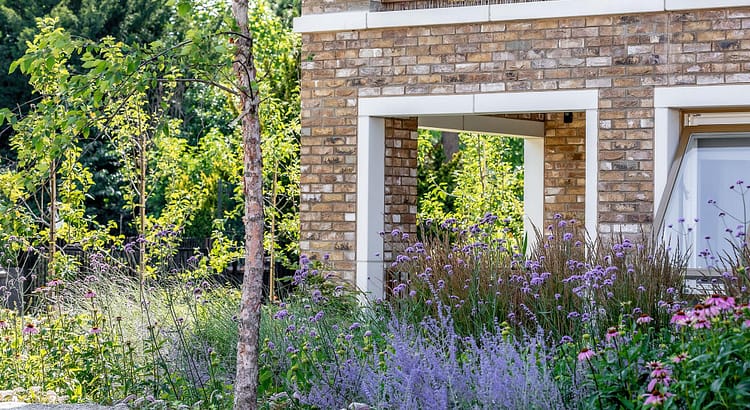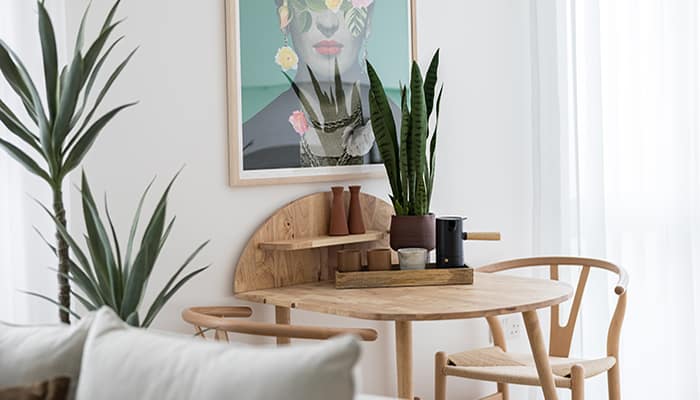Indoor plants are brilliant for our physical and mental wellbeing. Having nature in our homes connects us with the outside world and helps filter the air in our home. Therefore, learning how to be an indoor gardener is useful for all of us, as we learn how to make our home both beautiful and better for our health.
Here we offer a guide on how to begin creating your indoor garden and how to make sure it flourishes.
Choose your plants
The first step in creating your oasis of greenery is choosing the plants that suit you and your home. To understand what plants are right for you, answer the following three questions:
- Do you want edible or ornamental indoor plants?
- Are you sowing indoors for planting outdoor, or will these plants be indoors all year round?
- Are you growing plants in your house or using a greenhouse and polytunnel?
You may also want to consider your level of commitment and expertise when choosing your plants. For instance, if you are new to growing your food, you may want to start with herbs in your house. You can then go on to sowing more adventurous plants indoors and transplanting them outdoors when they are seedlings.
Equally, if you are looking for decorative plants in your house, you may want to start with something forgiving like a yucca, which doesn’t mind being forgotten for long periods. However, some beautiful houseplants, such as orchids, will add elegance to your house if you have the patience.
If your indoor growing area is a polytunnel or greenhouse, you have much more freedom to grow a range of plants through to full growth. Be aware that certain plants must be brought indoors in the winter, even using a polytunnel.
Get to know your plants
Once you know what you would like to grow, get to know the characteristics of that plant. For instance, how will it grow? Some will grow upwards, and others will sprawl out. Some plants will still be manageable at full growth, and others may need much room.
You will need to know how much room the roots like too. A yucca quite likes its roots to be enclosed. However, other plants will begin to struggle if the roots are closed in.
Light is another important consideration, especially the amount of direct sunlight the plant enjoys. The placement of your plant in your home will make all the difference to your success, as not only will they need the best light conditions but also the right temperature and the humidity levels it prefers.
Finally, find out what food and water your plant needs to thrive. The soil it grows may need a certain Ph level, be moist or be free draining. The best way to learn what your plants need is by looking at the part of the world from which they come. If they grow wild in arid places, you know they don’t need much water, for instance.
Essential tips
You’ve chosen your plants, which are positioned perfectly in your home. Now you need those all-important tips that help keep your plants happy and healthy.
First, choose the right size container and change it as they grow. A too-big container can be as damaging as one too small, so choose wisely. Larger pots will dry out more quickly and will not offer the plant as many nutrients. However, you do not want a plant to become pot-bound. If you are growing indoors and expect to transplant this outdoors, you can buy compostable pots that degrade in the soil once planted.
Then, choose the right potting mix for your plants. The choice you make is likely to be based on the plant’s growth stage and its specific nutrient and soil requirements. Seeds will need seed-based compost, acid-loving plants will require ericaceous, and plants that will be in pots for the long term may benefit from a loam.
Then, there is the matter of water and feeding your plants. It is best to use rainwater, even with indoor plants. It is also good practice to water from below, standing the plants in water if possible. It is better, generally, to water a plant a lot occasionally rather than little and often. However, this is something you need to check with your specific plant. Equally, regular feeding might be needed, though it is best to check the details for your plant.
Conclusion
In the end, growing an indoor plant is easy once you have done a bit of research. There will be a place in your home the plant will thrive, and there will be the right pot, watering and feeding to be done. Once you know the plant’s requirements, you will be able to help it grow and thrive in your home – and benefit from its wonderful presence.




